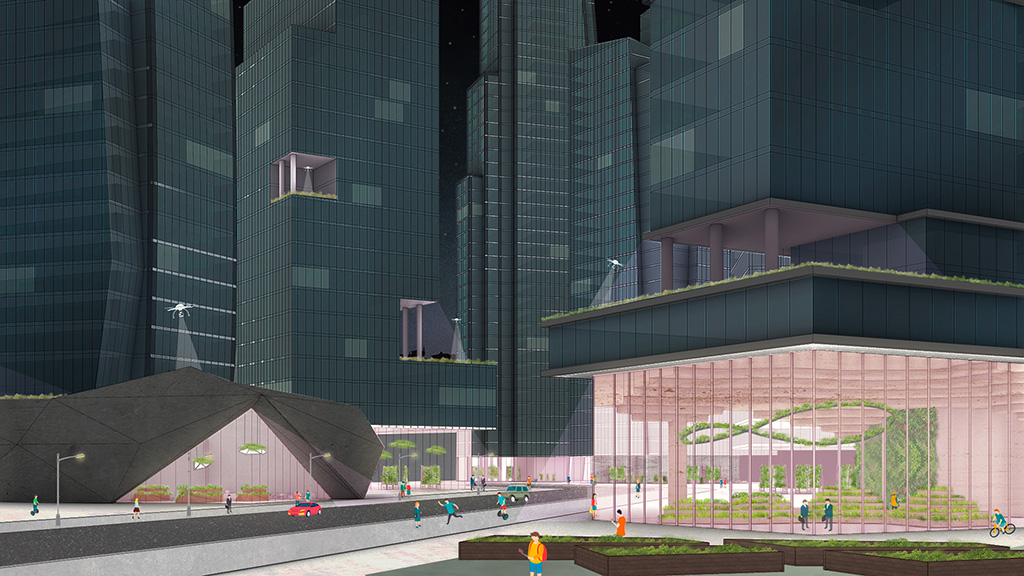Cultivating a Food Resilient Future
April 27, 2022 | By JinXi Ng
Necessary for human life and growth, the concept of food has been deeply embedded in many cultures and communities across the globe. The development of technology for mass production and transportation, however, has not only moved food production out of our cities, but also away from the individual’s daily routine. Production and preparation of our own food has become a secondary activity that complements the demands of our modern world. While the responsibility of food production and preparation has been removed from the individual, it is key to remember that the importance of food in our daily lives has never changed. And it might be timely we considered the question – who are we giving our food choices to?
Each of us are likely to have different answers to the question, but more importantly, this was a point of reflection for us. As the distance between us and our food increases, in a time where app-based ordering system has become a norm for many people, what information are we losing in the process, and who are we giving these choices to?
How much do we understand of the food we consume?
Looking at the different stages food from the time it is grown to the time it is consumed, our interactions with food today have been shifting to the right of the diagram. Underlying the increasing physical distance between us and our food, is also the loss of knowledge, choice and appreciation of the origin and quality of our food.
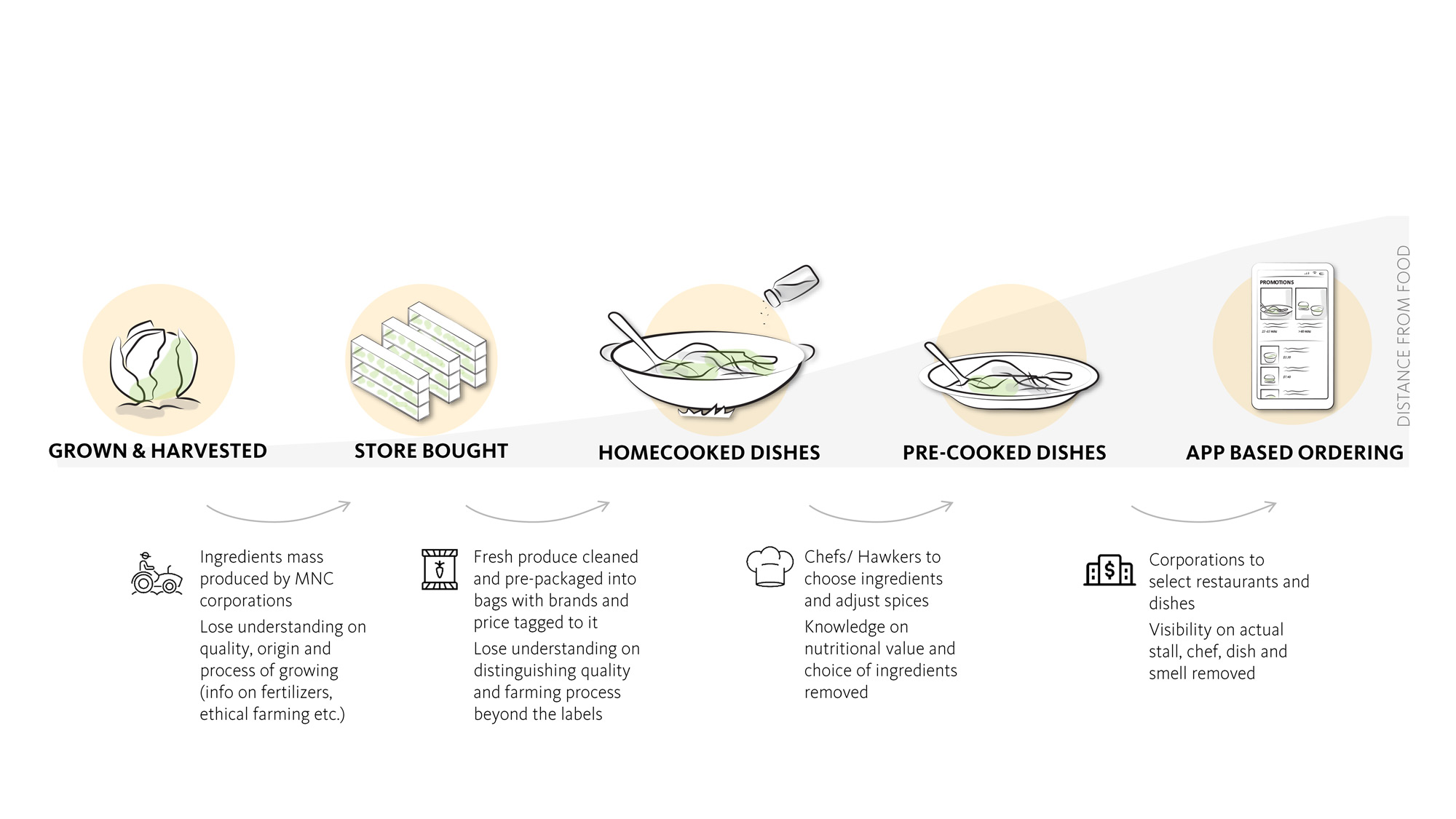
As store-bought produce become a norm for many today, our choices are increasingly being affected by brands, packaging and prices that are tagged to products. This makes distinguishing freshness and understanding farming processes become secondary to the brand and pricing. And as we rely more on pre-cooked dishes that we find in restaurants and food centers, our interaction with food then starts and ends with the product - a dish, not its ingredients.
With the more recent app-based ordering, besides never seeing the place the dish was made, we are giving the choice to corporations to select restaurants and dishes that are pushed to us through promotions, depending on our recorded preferences. Here, our choice for food is oftentimes driven by proximity, price, and a digital image of what the dish looks like. Taking some time to reflect on this, are we comfortable giving the choice of product freshness and nutritional value to distributors, chefs and hawkers? How much do we understand of the food we consume?
The past few years have put the topic of food resilience in the spotlight for many cities, prompting efforts to boost local food production, investments into agrotechnology, strategies to reduce food waste and improve transportation. Our research on food resilience started out with the focus on rethinking urban agriculture, identifying 12 opportunity areas where urban farms can be integrated into our cities.
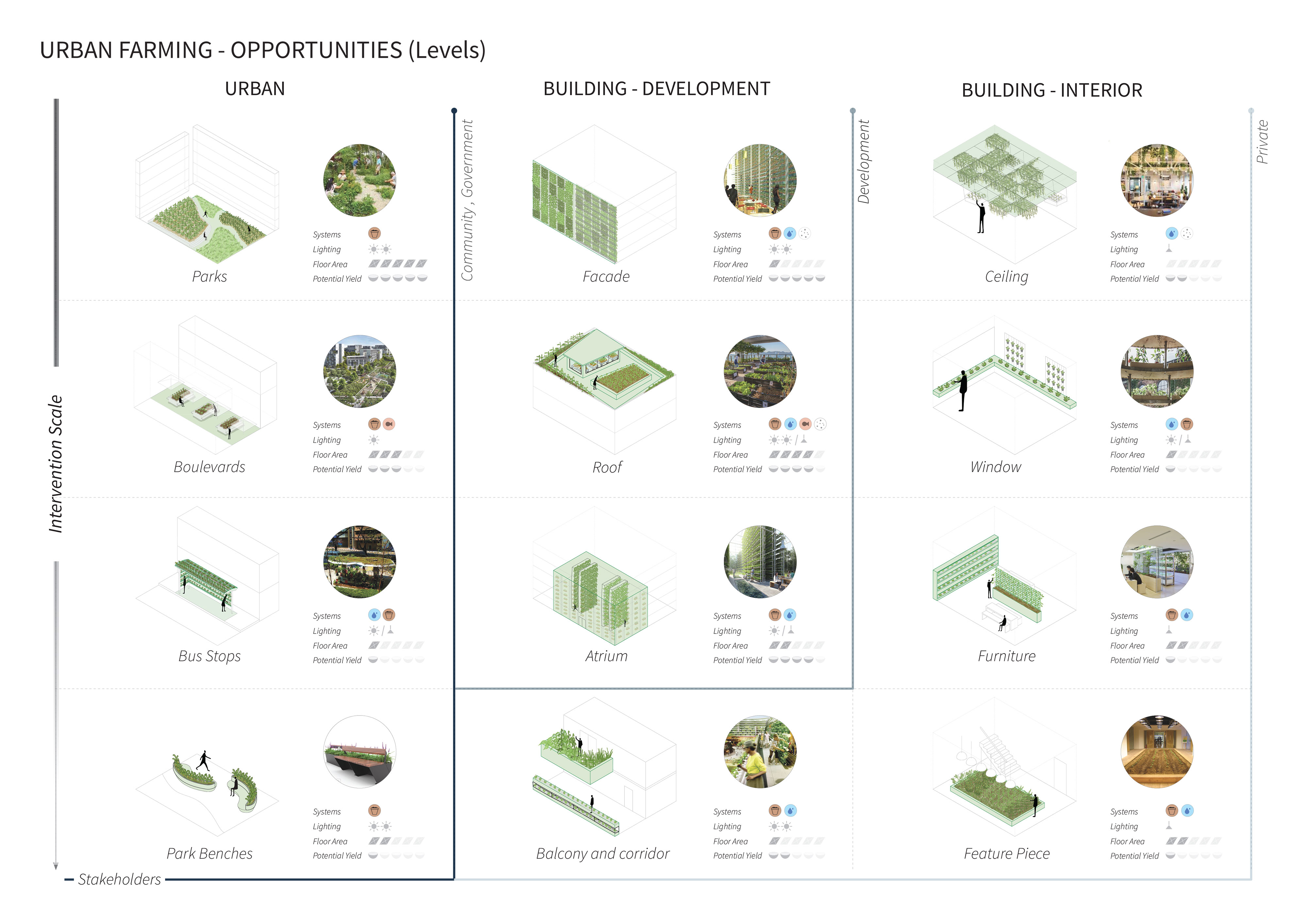
As we dove deeper to understand potential impacts and interactions that urban farming systems can have when integrated into our cities, we quickly realized the underlying challenge — a growing dissociation that city dwellers have with food sources. This is especially apparent in land scarce Singapore, where 90% of our food sources are imported, and the source of food that many associate with, is the prepacked produce in supermarkets.
Mindset drives behaviour, choices and frames consumer demand.
Considering the topic of food resilience from an individual’s point of view may not seem the most efficient in addressing the topic of food resilience, but people’s mindset drive behavior and choices, that will ultimately shape the market and its demand. As we work towards more food resilient cities, raising awareness, appreciation and shaping consumer behavior through our space can be a crucial step to achieve long term sustainable food resilience. A survey we conducted in Singapore and Costa Rica revealed that the top 5 factors affecting respondents’ food choices were: taste, affordability, nutritional benefits, convenience and habit. On the other hand, potential knowledge gaps that consumers want to learn more about were nutritional benefits and locally produced foods.
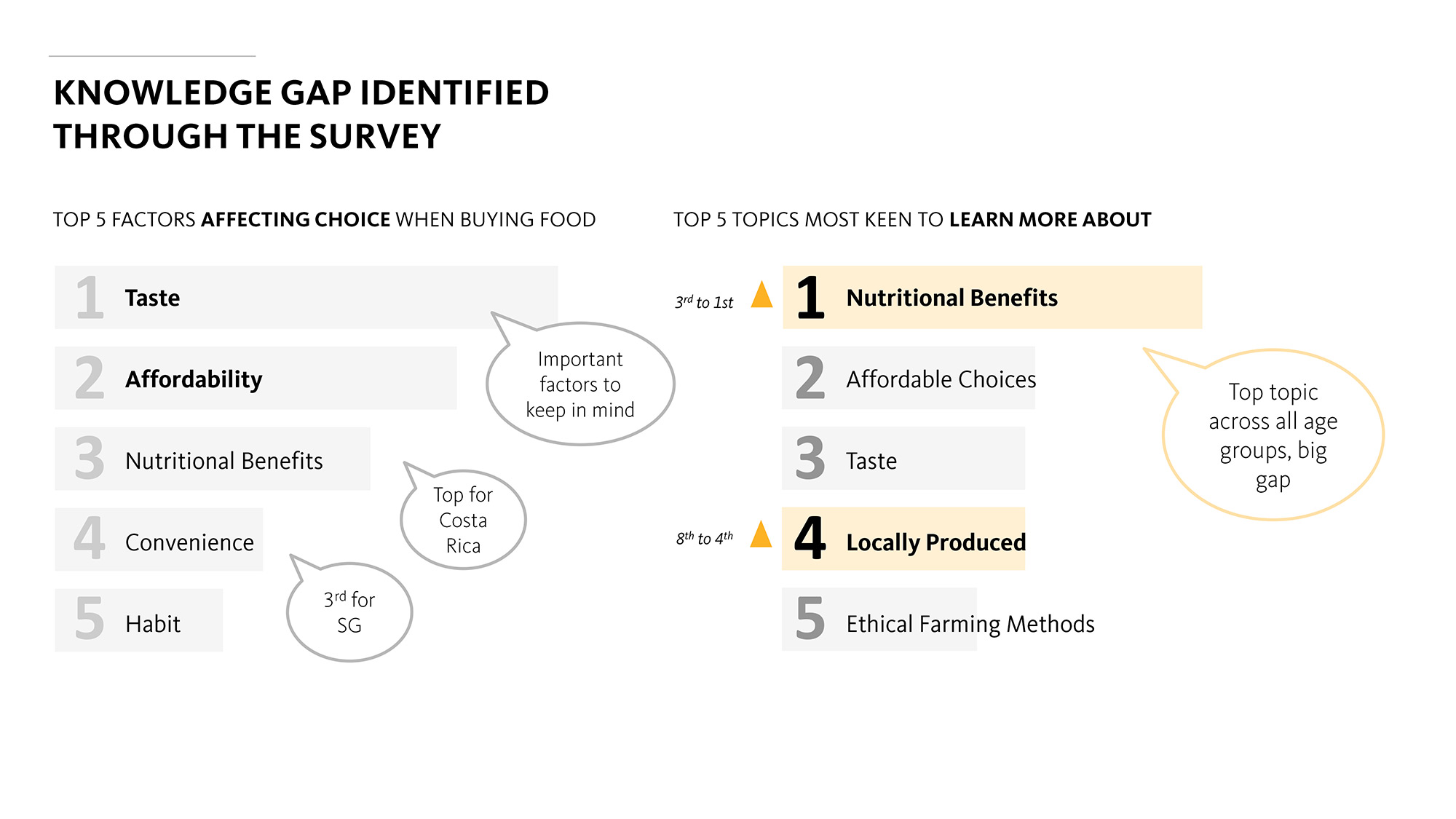
Behavioural nudges can help close the gap in our understanding of food
As we think about food resilient futures, can we reframe our approach to one that is focused on building connection and ownership to food amongst city dwellers? In addition to identifying opportunities to integrate urban farming systems into our built environment, can we also start to frame strategies based on daily experience touchpoints?
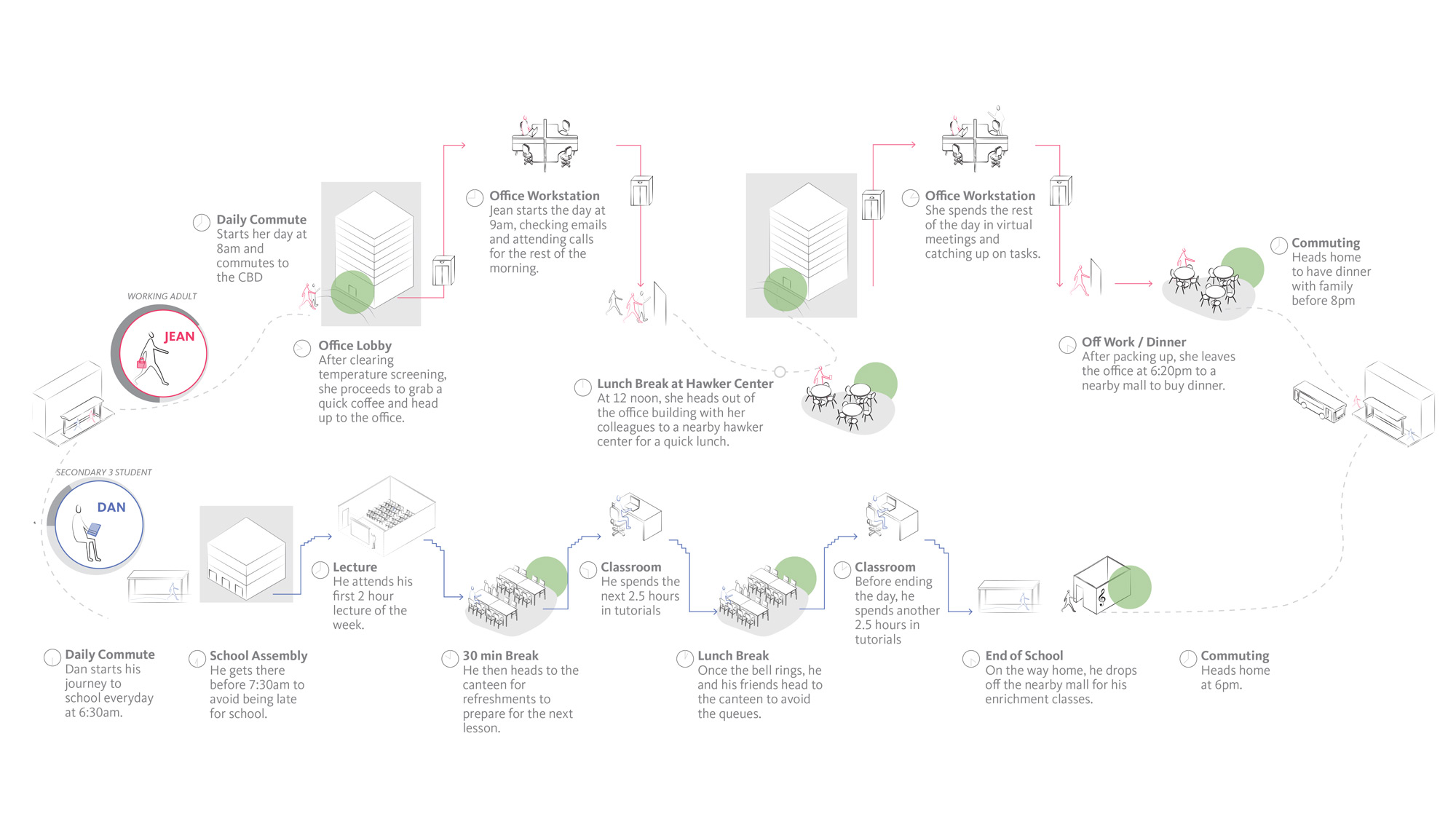
Our Gensler research is exploring how strategies can be integrated into some touchpoints in our journey to create behavioral nudges, engage, and educate the community. We further developed a second matrix that outline different engagement touchpoints, highlighting how they can be used to effectively bring across messages that impact us in different ways. At the top of the matrix, we have referenced the ABC model of attitudes to identify how the engagement can impact us – affective, an experience that affects you emotionally, Behavioural, one that affects your actions and Cognitive, which affects your beliefs and mindset.
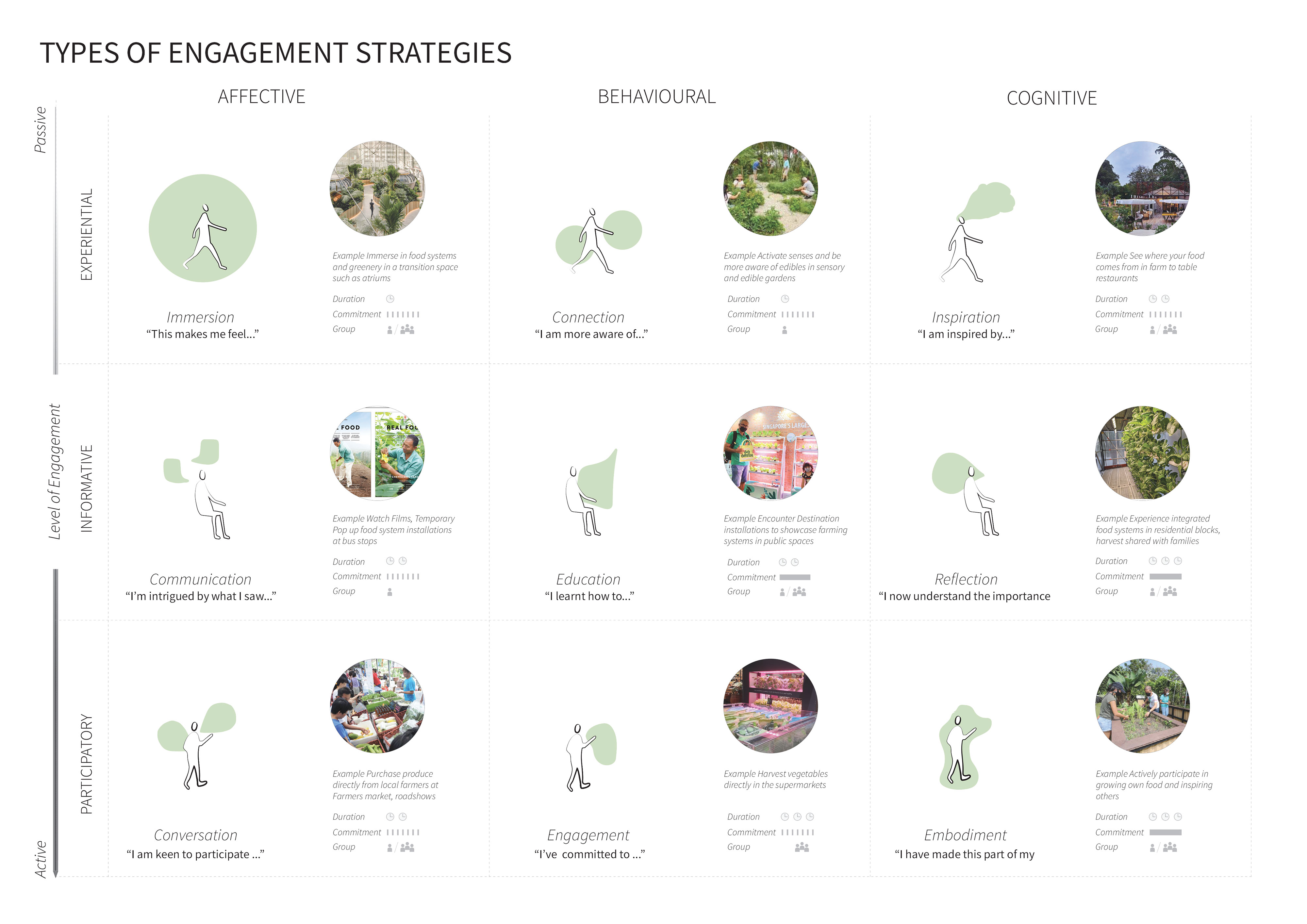
While the impacts of these nudges will not be seen overnight, the long-term goal is to reintegrate our interactions with food back into our cities and daily lives. Perhaps nutrition or fresh local produce could become key decision points for consumers and driving factors for producers. And the younger generation living in cities will understand and embrace the diversity of our food sources as part of their every meal.
For media inquiries, email .
